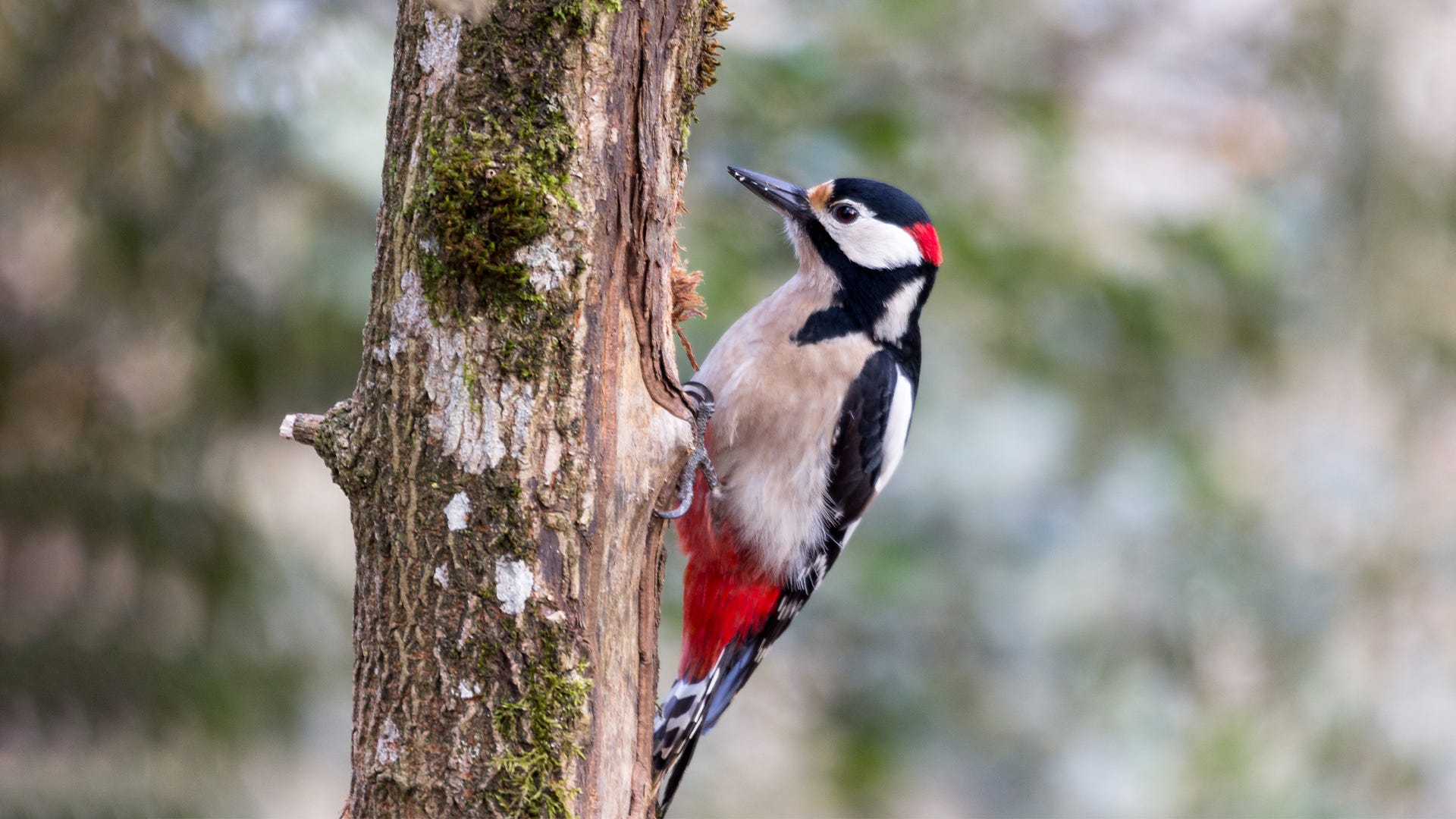Discover the Fascinating Globe of Woodpeckers: Everything You Required to Know
The globe of woodpeckers is a world loaded with one-of-a-kind behaviors, detailed adaptations, and a varied selection of species. From their environments and distribution patterns to their feeding practices and specialized anatomical functions, woodpeckers have actually long mesmerized the interest of ornithologists and nature fanatics alike.
Woodpecker Habitats and Circulation
In North America, for example, woodpeckers can be found in both coniferous and deciduous forests, utilizing their strong beaks to forage for insects and produce nesting tooth cavities in trees. In Africa, particular woodpecker species have adjusted to dry environments, such as the acacia woodlands, where they play a crucial function in regulating insect populaces.

Feeding Behaviors and Diet Regimen
Woodpeckers utilize their solid beaks to pierce right into the bark of trees, penetrating for bugs and larvae concealed underneath the surface area. In enhancement to bugs, woodpeckers additionally eat nuts, seeds, fruits, and sap.
Woodpeckers are known for their drumming actions, which serves not just to interact with other woodpeckers yet likewise to situate food. The rapid drumming noise is produced by the bird pecking on resonant surface areas like dead trees or metal poles. This behavior can bring in insects concealed in the timber, enabling the woodpecker to discover their visibility and eat them.
Unique Adjustments for Tree Climbing
In their adept pursuit of pests hidden within tree bark, woodpeckers have progressed impressive physiological attributes that outfit them with special adaptations for reliable tree climbing. Woodpeckers have solid neck muscle mass and a special head framework that absorb the impact of consistent pecking, allowing them to climb up vertically without causing injury to their brains. These adaptations display the amazing transformative layout that enables woodpeckers to navigate trees with precision and performance.
Diverse Woodpecker Species Worldwide
With over 200 various species spread out throughout different habitats worldwide, the family of Picidae incorporates an exceptional variety of woodpeckers. These birds can be discovered in forests, woodlands, savannas, and also urban areas, showcasing their flexibility to various atmospheres. From the legendary Northern Flicker in North America to the vivid and elusive Crimson-backed Flameback in Asia, each woodpecker types exhibits unique attributes in terms of quill, behavior, and habitat choice.
Woodpeckers vary greatly in size, with the small Downy Woodpecker measuring around 6-7 inches navigate to this website in size, while the effective Lineated Woodpecker can get to up to 17 inches - Woodpeckers in Florida. Their beaks also come in various shapes and dimensions, reflecting their feeding routines. view website Some varieties specialize in extracting insects from tree bark, like the Acorn Woodpecker, while others, such as the Black-cheeked Woodpecker, prey on fruits and seeds

Conservation Initiatives and Obstacles
Preservation initiatives for woodpecker populaces are essential in alleviating the effect of habitat loss and various other hazards dealing with these varied bird varieties. Woodpeckers deal with numerous challenges to their survival, largely as a result of deforestation, urbanization, climate adjustment, and invasive species. To attend to these problems, conservation efforts concentrate on safeguarding and bring back woodpecker habitats, applying sustainable forestry techniques, and elevating recognition about the importance of these birds in ecosystems.
One considerable difficulty in woodpecker conservation is the fragmentation of their habitats, causing separated populations that are much more susceptible to termination - Woodpeckers in Florida. Conservationists function to develop wildlife passages and protected locations that link these fragmented habitats, allowing woodpeckers to move between different areas for feeding, breeding, and shelter

Verdict
In final thought, woodpeckers are interesting birds with distinct adjustments for tree climbing and feeding behaviors. click this site More research and preservation actions are needed to ensure the survival of woodpeckers in the wild.